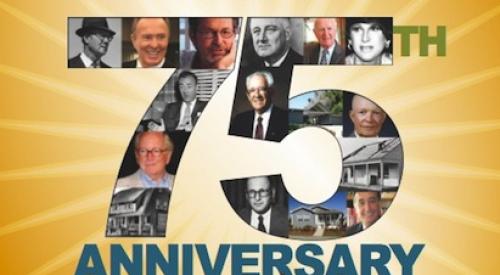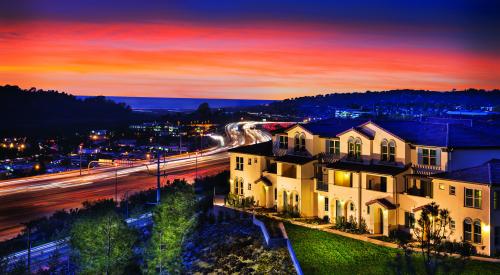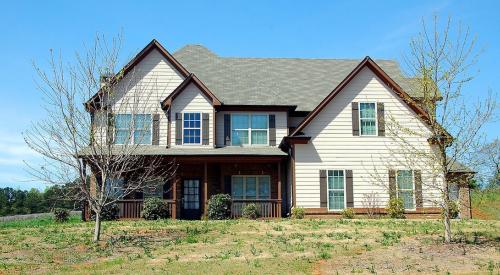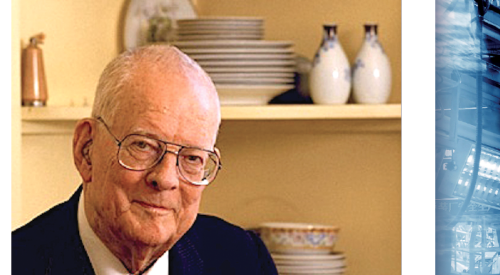The homeownership rate in the U.S. is around 64 percent, the lowest since the early 1960s. But, both now and back then, the rate is much higher than it was in the years before World War II.
Stephen Mihm of Bloomberg writes that homeownership has only recently become part of the American Dream. Homeowners did not eclipse renters until the late 1940s.
During the 1800s, people in rural America didn’t put much sentimentality into owning a house. Rather, owning a farm and a swath of land was their livelihood and how they made a living. Most people who lived in cities rented their homes during the 19th century; most cities had ownership rates under 30 percent.
National ownership rates gradually increased to 48 percent in 1930, but the Great Depression bumped it back down to 43 percent. Since WWII, the ownership rate reached 66 percent in 1980 and 70 percent in 2006.
Mihm says that the advent of fixed-rate long-term mortgages in the 1930s helped spur homeownership. Later, Federal Housing Administration and the GI Bill guaranteed and insured mortgages, which also benefitted buyers.
Taxes played a role, too. While the mortgage interest deduction had been around since the birth of the income tax, it wasn’t until marginal tax rates ticked upward during World War II that home ownership began paying significant dividends to middle and upper-class households.












